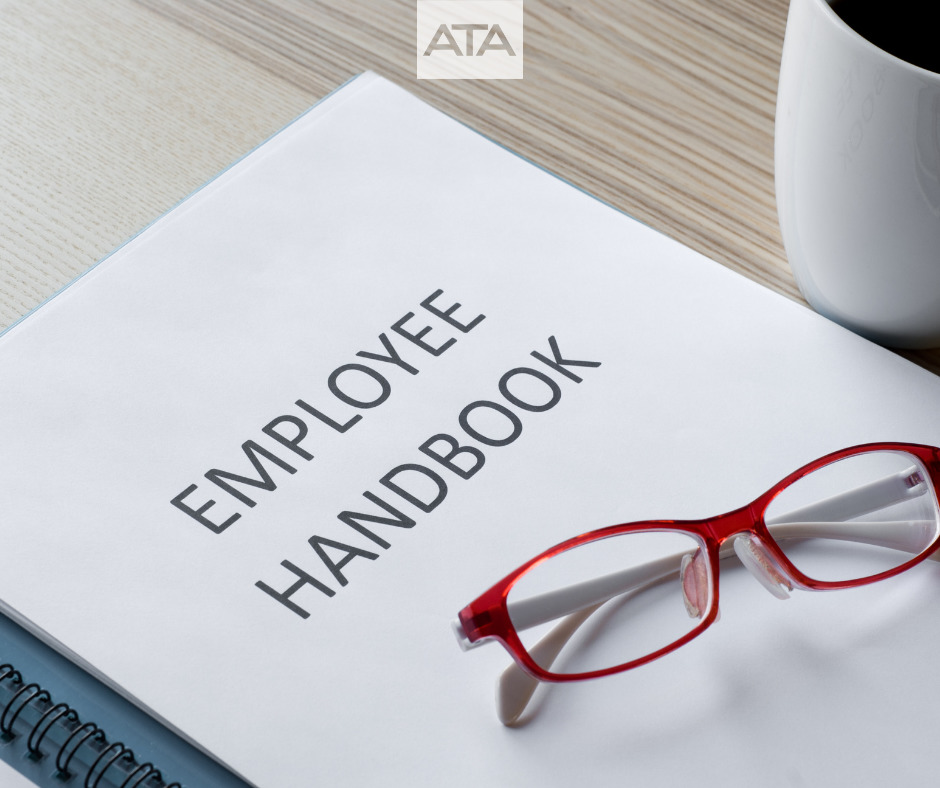For businesses, so much has changed over the past year or so. The COVID-19 pandemic hit suddenly and companies were forced to react quickly — sending many employees home to work remotely and making myriad other tweaks and revisions to their processes. Understandably, you may not have fully documented all the changes you’ve made. But you should; and among the ideal places to do so is in your employee handbook.
Now that optimism is rising for a return to relative normalcy, why not look at your handbook with fresh eyes and ensure it accurately represents your company’s policies and procedures.
Legal considerations
Among the primary reasons companies create employee handbooks is protection from legal challenges. Clearly written HR policies and procedures will strengthen your defense if an employee sues. Don’t wait to test this theory in court: Ask your attorney to review the legal soundness of your handbook and make all recommended changes.
Why is this so important?
A supervisor without a legally sound and updated employee handbook is like a coach with an old rulebook. You can’t expect supervisors or team members to play by the rules if they don’t know whether and how those rules have changed. Make sure employees sign a statement acknowledging that they’ve read and understood the latest version of your handbook. Obviously, this applies to new hires, but also ask current employees to sign a new statement when you make major revisions.
Motivational language
Employee handbooks can also communicate the total value of working for your company. Workers don’t always appreciate the benefits their employers provide. This is often because they, and maybe even some managers, aren’t fully aware of those offerings. Your handbook should express that you care about employees’ welfare — a key point to reinforce given the events of the past year. It also should show precisely how you provide support. To do so, identify and explain all employee benefits. Don’t stop with the obvious descriptions of health care and retirement plans. Describe your current paid sick time and paid leave policies, which have no doubt been transformed by federal COVID relief measures, as well as any work schedule flexibility and fringe benefits that you offer.
Originality and specificity
One word of caution: When updating their handbooks, some businesses acquire a “best in class” example from another employer and try to adopt it as their own. Doing so generally isn’t a good idea. That other handbook’s tone may be inappropriate or at least inconsistent with your industry or organizational culture. Similarly, be careful about downloading handbook templates from the Internet. Chances are you’ll have no idea who wrote the original, let alone if it complies with current laws and regulations.
Document and guide
Your employee handbook should serve as a clearly written document for legal purposes and a helpful guide for your company’s workforce.
Our family of firm company, ATA Employment Solutions, can provide guidance on updating business guidelines and employee handbooks. Click here for more information on ATAES. ATA CPAs can help you track your employment costs and develop solutions to any challenges you face as you look at your human capital with fresh eyes. Visit our website to learn more about ATA’s bookkeeping and client accounting services. © 2021
